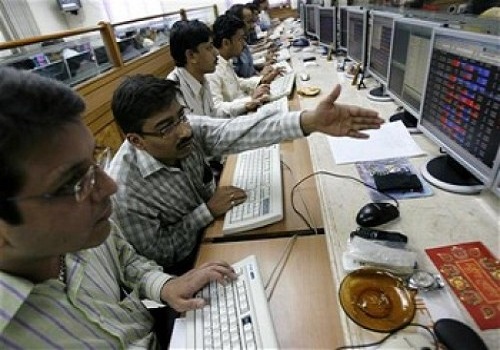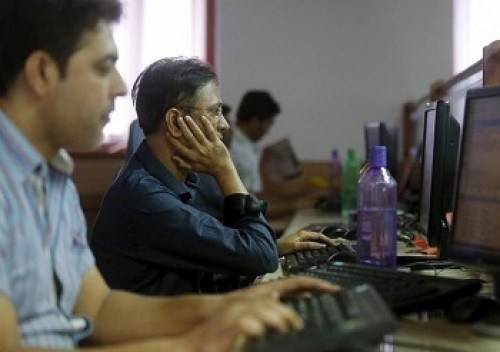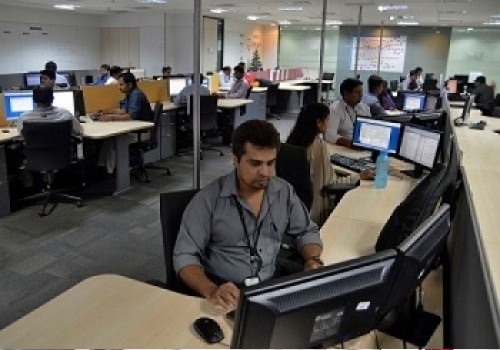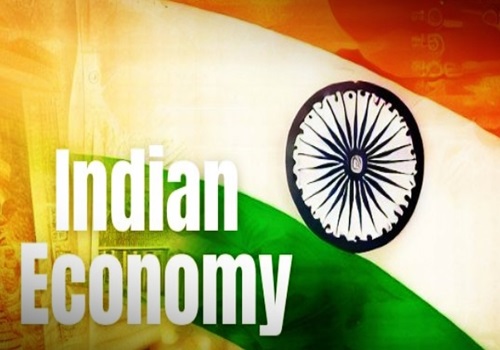Indian Railways rakes in Rs 12,159 crore from festive rush
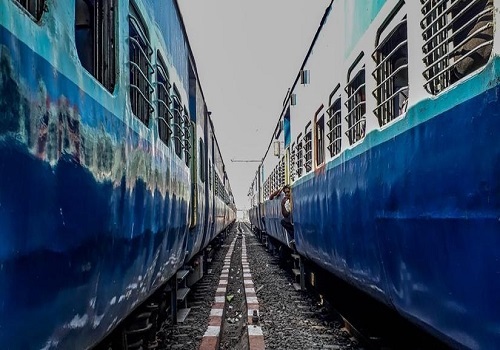
Indian Railways raked in a revenue of Rs 12,159.35 crore from ticket sales during the festive period that stretched from September 1 to October 31 this year, according to data tabled in Parliament.
The two-month period was marked by festivals such as Ganesh Chaturthi, Dussehra, and Diwali, which usually witnesses a spurt in passengers travelling through the railways.
Railway Minister Ashwini Vaishnaw shared the zone-wise data on the revenue from ticket sales in answer to a question in the Lok Sabha.
His statement showed that 143.71 crore passengers used the railways between September 1 and November 10. The maximum footfall was recorded in the central zone, at 31.63 crore. The western zone secured the second position with 26.13 crore passengers, followed by the eastern zone with 24.67 crore passengers. The south-east central zone recorded the lowest passenger count at 1.48 crore.
The railways announced the introduction of 7,663 additional special train services to cater to the festival season rush, from October 1 to November 30, which is a 73 per cent increase compared to the same period in 2023. Last year 4,429 extra train trips were operated during this period.
It transported 957.24 lakh non-suburban passengers during the Diwali and Chhath celebrations from October 24 to November 4, compared to 923.33 lakh passengers during the same period last year, which represents an increase of 33.91 lakh passengers.
On November 4 alone, over 1.2 crore passengers utilised the services, including 19.43 lakh reserved and over 1.01 crore unreserved non-suburban travellers, marking the highest single-day passenger figure for the current year.
According to a Railway Board statement issued earlier this month, 207 special trains were run on November 3 and 203 on November 4 to accommodate the surge in passengers.
The increasing number of passengers also shows the higher level of economic activity in a growing economy as more people have shifted from rural to urban areas for jobs and returned to their native places to celebrate religious festivals.


